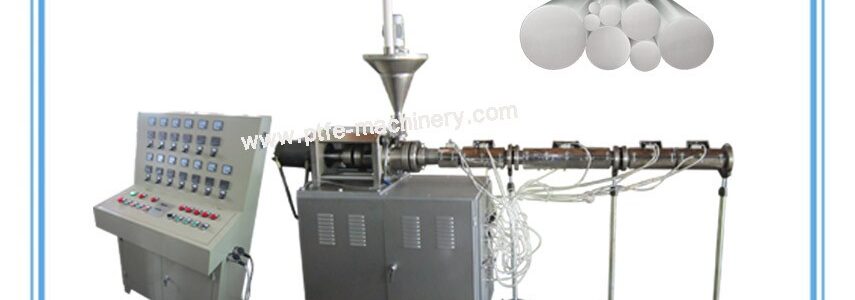How does extrusion work?
Extrusion processing aims to physico-chemically transform continuously viscous polymeric media and produce high quality structured products thanks to the accurate control of processing conditions.
Twin screw extruders consist of two intermeshing, co-rotating screws mounted on splined shafts in a closed barrel. Due to a wide range of screw and barrel designs, various screw profiles and process functions can be set up according to process requirements. Hence, a twin screw extruder is able to ensure transporting, compressing, mixing, cooking, shearing, heating, cooling, pumping, shaping, etc. with high level of flexibility. The major advantage of intermeshing co-rotating twin screw extruders is their remarkable mixing capability which confers exceptional characteristics to extruded products and adds significant value to processing units.
In twin screw extrusion processing, the raw materials may be solids (powders, granulates, flours), liquids, slurries, and possibly gases. Extruded products are plastics compounds, chemically modified polymers, textured food and feed products, cellulose pulps, etc.
The advantages of twin screw extrusion
Twin screw extrusion has become the standard over time in several industries because it offers numerous advantages over single screw extrusion:
More consistency in production and control of product quality
Increased productivity due to continuous processing, faster start up and shut down between product changes, quick changeover and advanced automation
Greater flexibility, with the capability to process a wide range of raw materials
Optimized footprint thanks to energy and water savings
Simple and easy to maintain and clean




